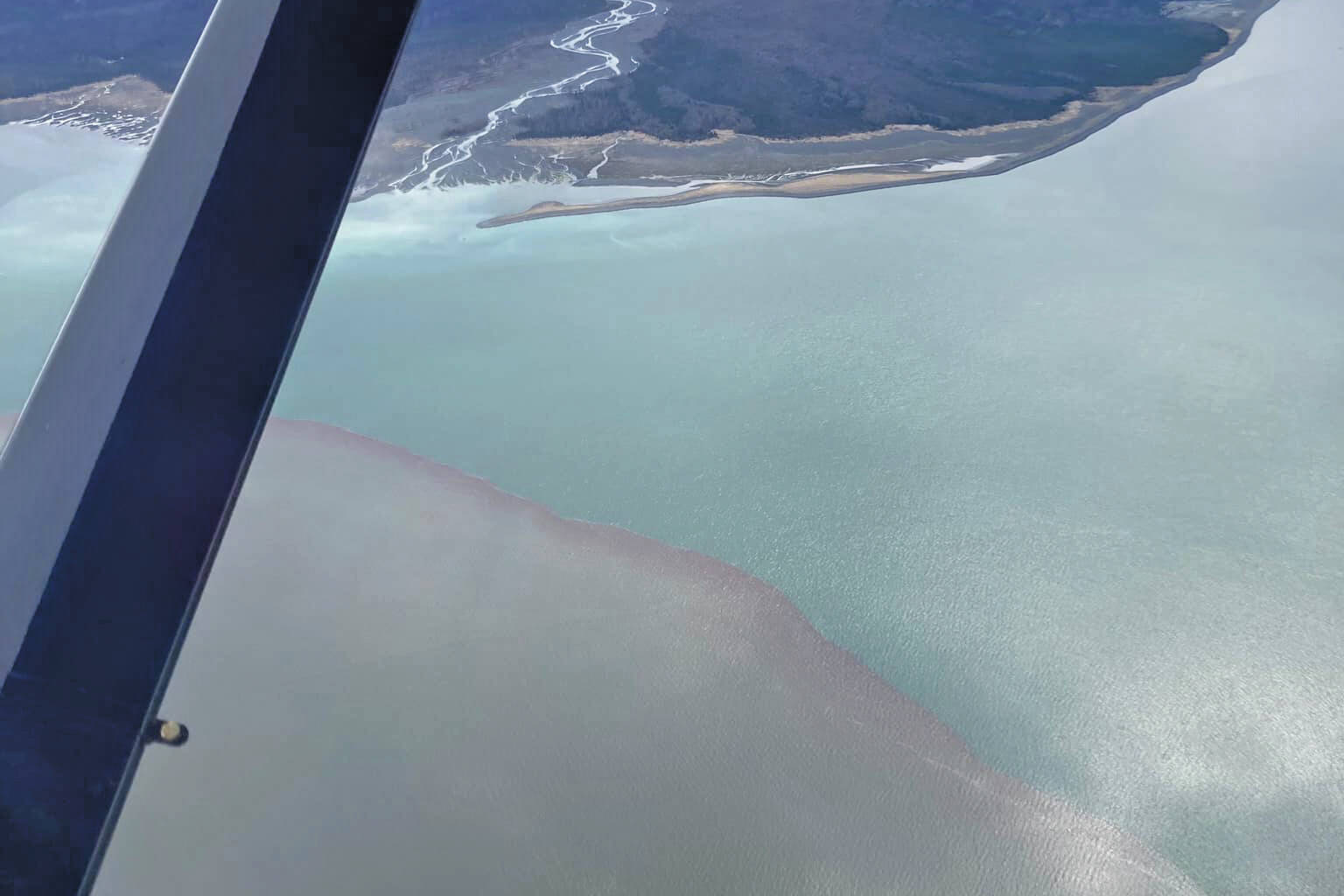A potentially toxic algal bloom has been detected in Kachemak Bay, according to the Kachemak Bay National Estuarine Research Reserve.
Every May through October, the reserve conducts weekly water testing to monitor phytoplankton in Kachemak Bay, aiming to detect the presence of harmful algal blooms. Some algal blooms have the potential to create toxins that are harmful to shellfish, birds, marine mammals or human health. While not an official regulatory agency, the organization provides updates on monitoring throughout the summer in a weekly report.
According to a July 22 press release from KBNERR, Pseudo-nitzchia has been detected at bloom levels in Kachemak Bay since July 4.
This “chain-reacting diatom” has the potential to produce the toxin domoic acid, which is associated with amnesic shellfish poisoning. According to the press release from Tuesday, KBNERR does not yet know if the current bloom event has produced domoic acid and acknowledged that they have seen Pseudo-nitzchia blooms without the toxin in the past. However, recently observed bird deaths and marine mammal strandings in Kachemak Bay have raised concerns about a potential correlation.
Mussel samples have been collected and sent to the Alaska Department of Environmental Conservation for testing, and results will be shared with the public when available. KBNERR is collaborating with the Alaska Harmful Algal Bloom Network partners, state and federal agencies, and tribes to coordinate communication and monitor the situation. The release notes that official toxin testing results will not be available until the end of this week.
Alaska is a “harvest and eat at your own risk” state when it comes to shellfish. For information on regulations associated with the subsistence harvest of shellfish in Cook Inlet, you can contact the Alaska Department of Fish and Game office in Homer at 907-235-8191. The release notes that all commercially harvested shellfish are strictly tested and regulated by the DEC before being considered safe for consumption.
What to do if you begin experiencing symptoms of shellfish poisoning
If you are experiencing symptoms of shellfish poisoning, call 911 or your local health care provider immediately. Alaska Health Care Providers who suspect or diagnose a disease that represents a public health emergency should immediately call 1-907-269-8000 during business hours or 1-800-478-0084 after hours.
What to do if you find a dead or dying bird
The U.S. Fish and Wildlife Service is leading this effort. For your safety, do not handle any sick birds or birds that are found dead. If you observe dead seabirds or encounter a sick or dead wild bird and the cause is not immediately apparent, KBNERR suggests calling the Alaska Sick or Dead Bird Hotline at 866-527-3358. Instructions on how to report can be found online at fws.gov/alaska-bird-sick-abandoned-injured-dead.
What to do if you find a dead or dying mammal
For injured or stranded whales, seals, sea lions, porpoises and dolphins, call 877-925-7773 or 877-9AKR-PRD. You can also report the stranded mammal to the Alaska SeaLife Center hotline at 888-774-7325.
To sign up to receive the Phytoplankton Weekly Reports by email and learn more visit kachemakbayreserve.org/science/monitoring/#algal-blooms.

